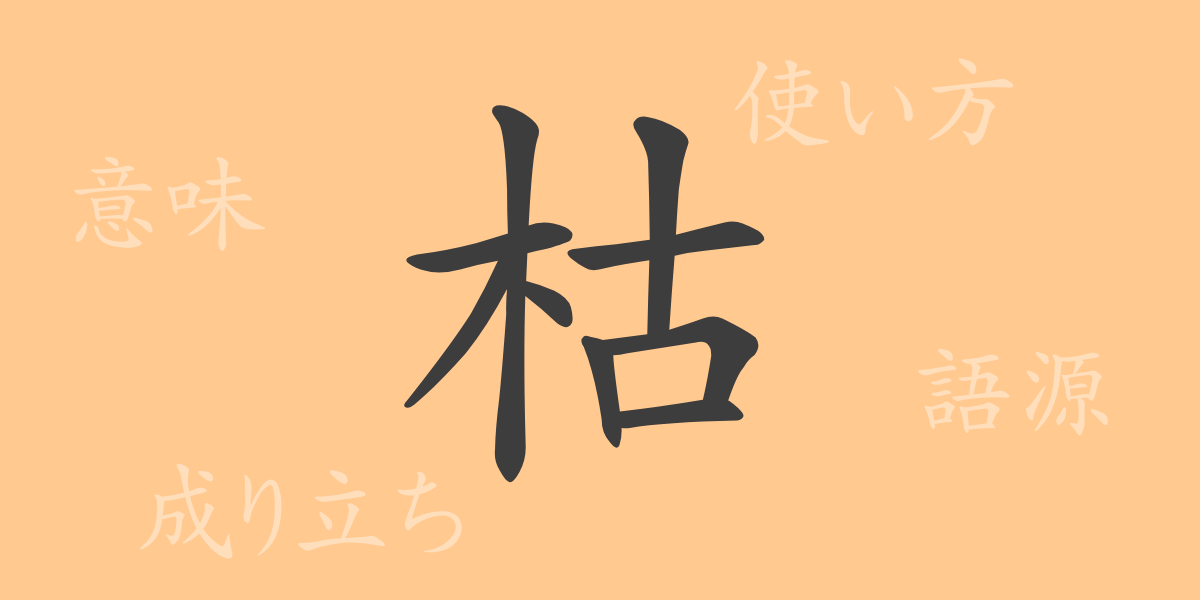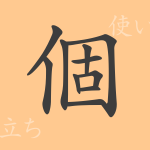The beauty of Japanese script culture lies in its depth, with each kanji character carrying its own unique history and meaning. This time, we focus on the commonly used kanji “枯(かれ),” frequently seen in everyday life, to explore its charm and significance. Though it symbolizes withering, “枯(かれ)” is also used in poetic expressions and idioms. Let’s delve into the rich world of this character, from its origin and meaning to its usage and presence in idioms and proverbs.
Origin of 枯 (Etymology)
The kanji “枯(かれ)” is derived from an ancient pictograph that depicts a withering tree. This character originated in ancient China, symbolizing a tree drying up and losing its leaves and branches. Over time, the appearance and meaning of this character evolved. The upper part of the character represents a tree with no leaves or branches, while the lower part is the phonetic element “古(こ),” indicating something old. Together, they convey the idea of a tree becoming old and withering.
Meaning and Usage of 枯
The primary meaning of “枯(かれ)” is “to wither,” referring to the cessation of life and drying up. It can describe plants losing moisture and withering, but it is also used metaphorically to describe something losing its vigor or vitality. For example, the proverb “枯れ木も山の賑わい(かれきもやまのにぎわい)” means that even something useless can have value simply by being present.
Readings, Stroke Count, and Radical of 枯
Let’s look at the basic information about the kanji “枯(かれ).”
- Readings: The On’yomi (音読み) is “コ(こ),” and the Kun’yomi (訓読み) readings are “かれる(kareru),” “からす(karasu).”
- Stroke count: It has a total of 10 strokes.
- Radical: The radical is 木 (きへん, tree).
Idioms, Phrases, and Proverbs Using 枯
There are many idioms, phrases, and proverbs in Japanese that include “枯(かれ).” Here are a few examples along with their meanings:
- 枯渇 (こかつ): The depletion or complete exhaustion of resources like water.
- 枯葉 (かれは): Fallen and withered leaves.
- 枯れ木も山の賑わい (かれきもやまのにぎわい): Even something useless can add value or liveliness just by being present.
- 枯れ尾花 (かれおばな): A metaphor for the loneliness and melancholy felt after a peak period.
Conclusion About 枯
The kanji “枯(かれ)” visually suggests the idea of drying up and losing vitality, but it is a character used in a wide range of expressions in Japanese. It symbolizes natural transitions as well as emotional and situational changes. Just as a withered tree enriches the soil for new life, the character “枯(かれ)” adds depth and color to the world of words.

























